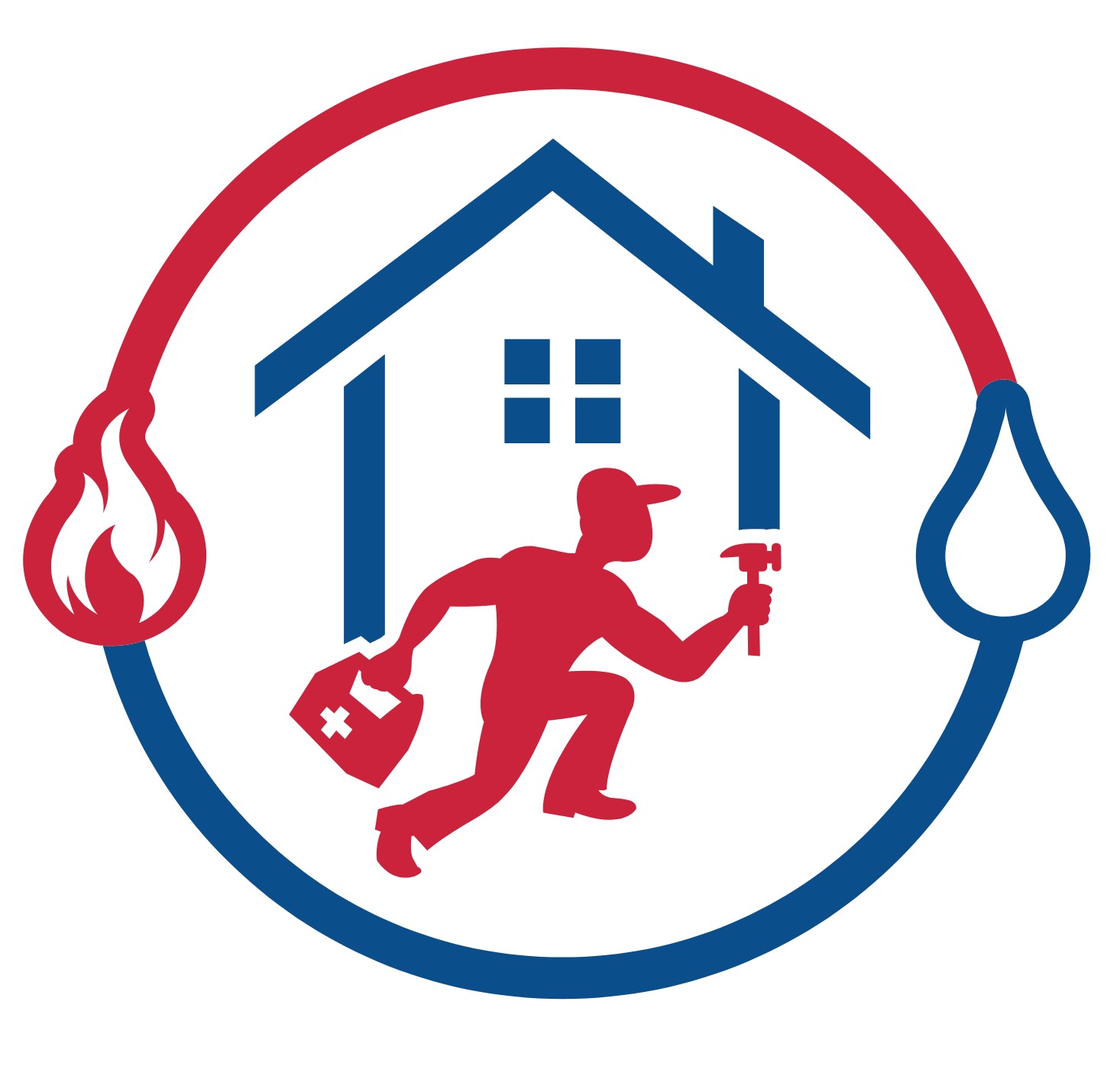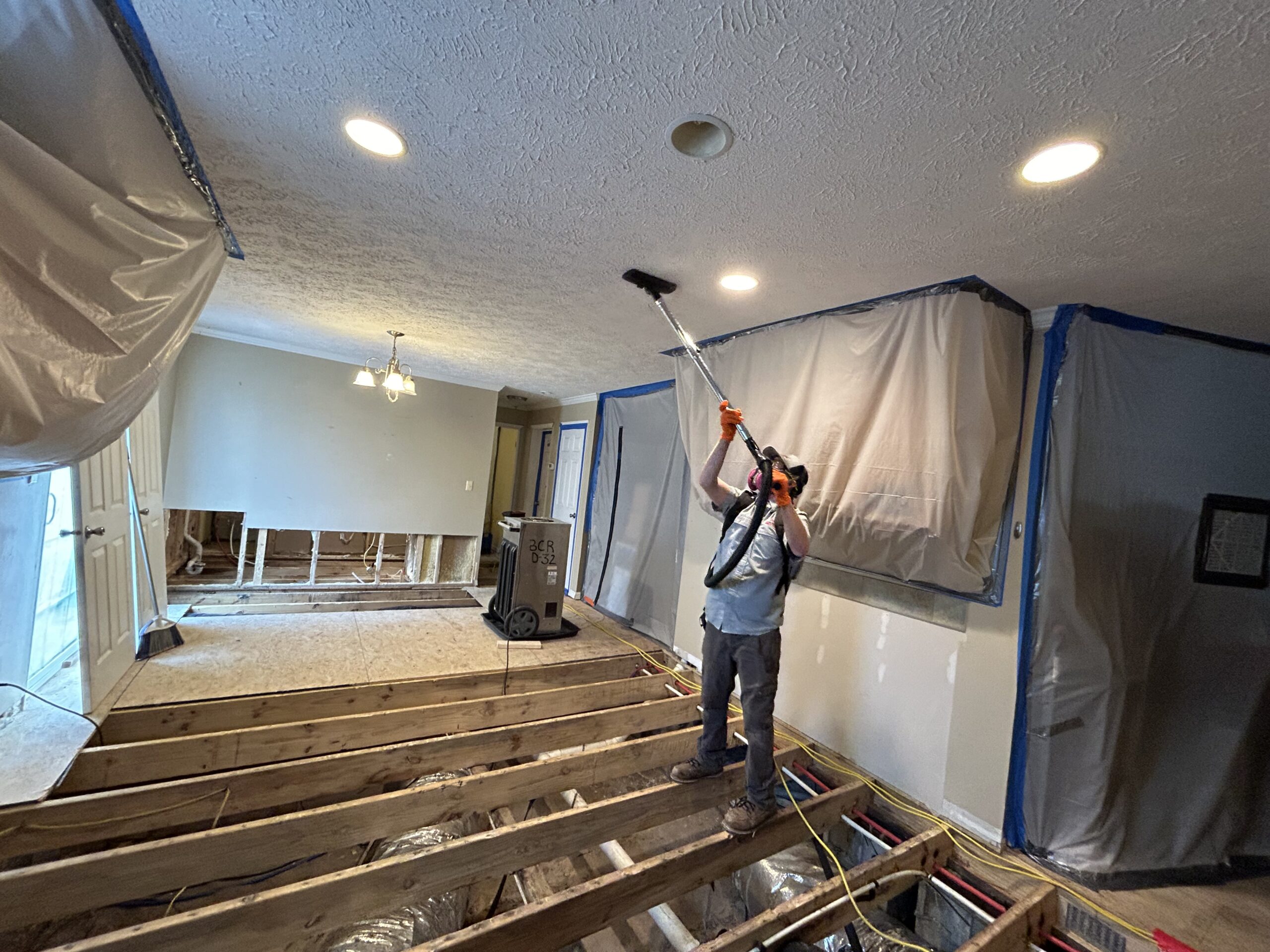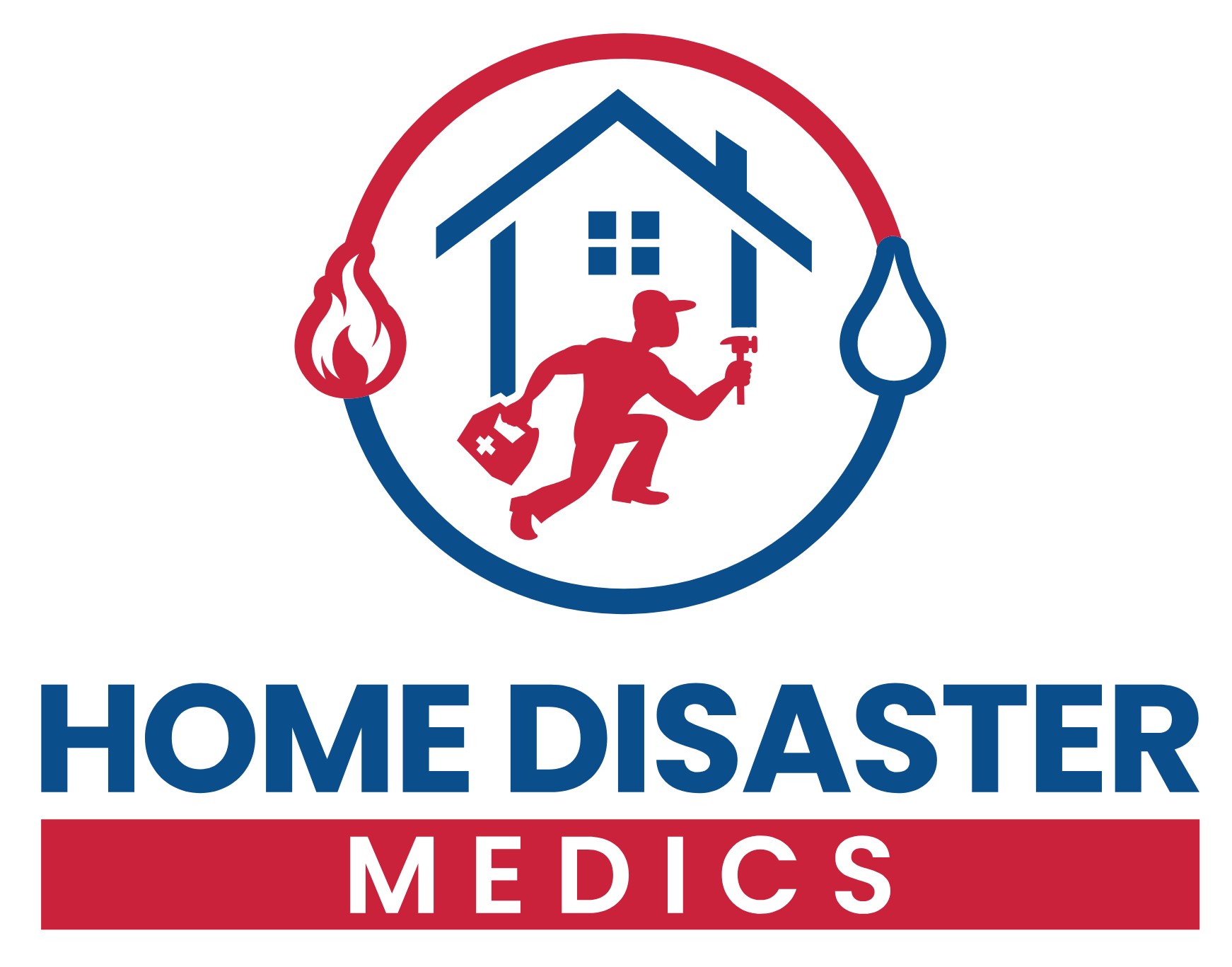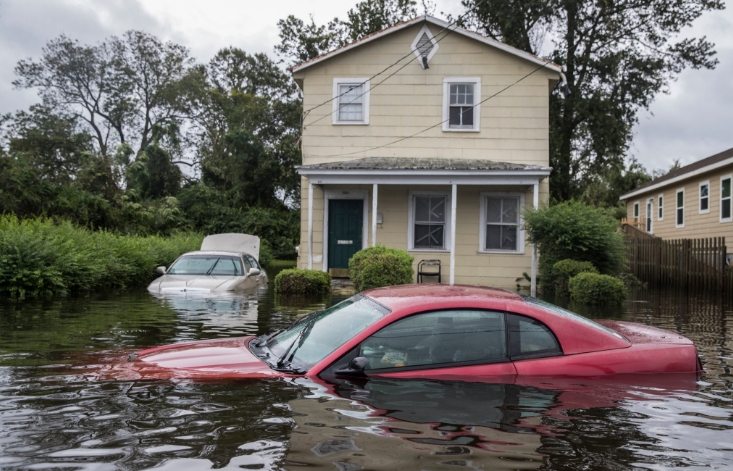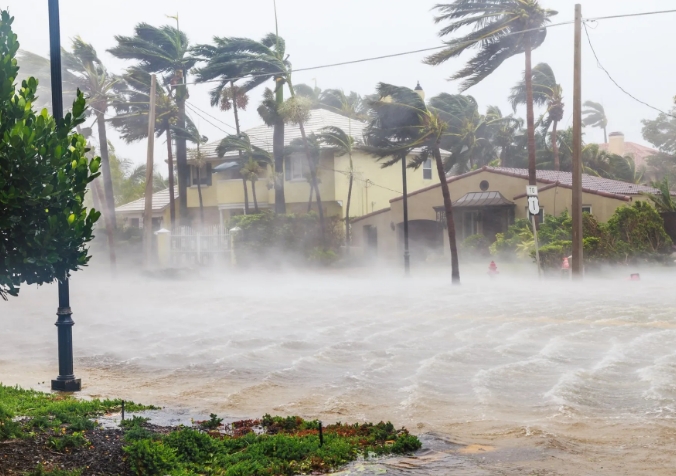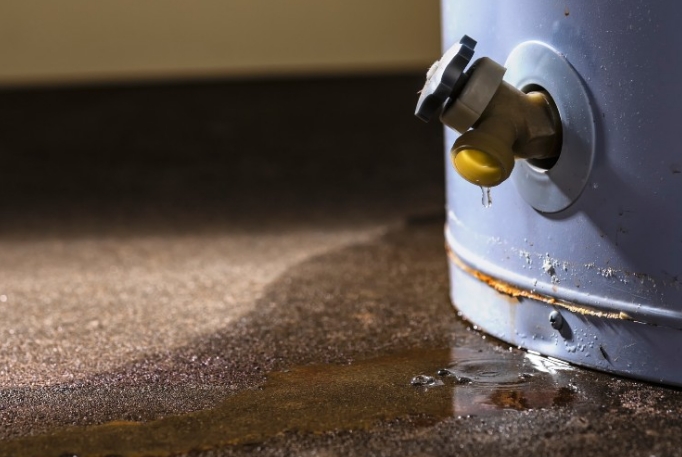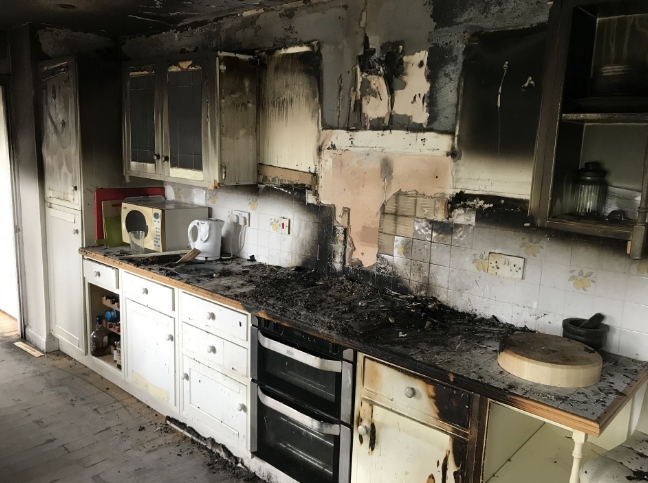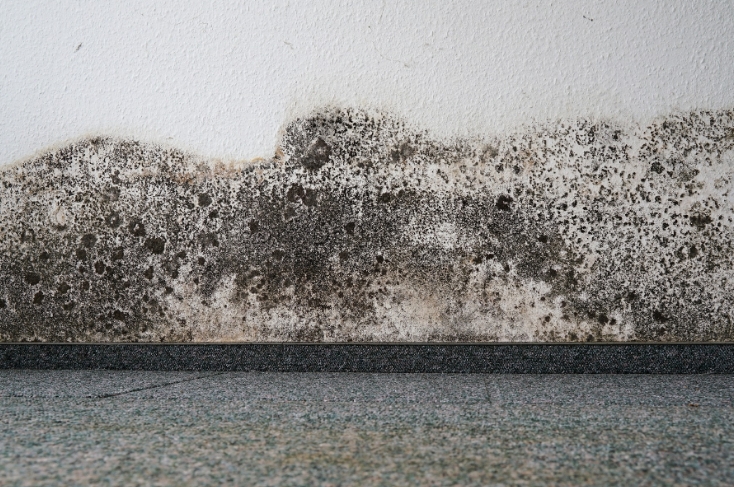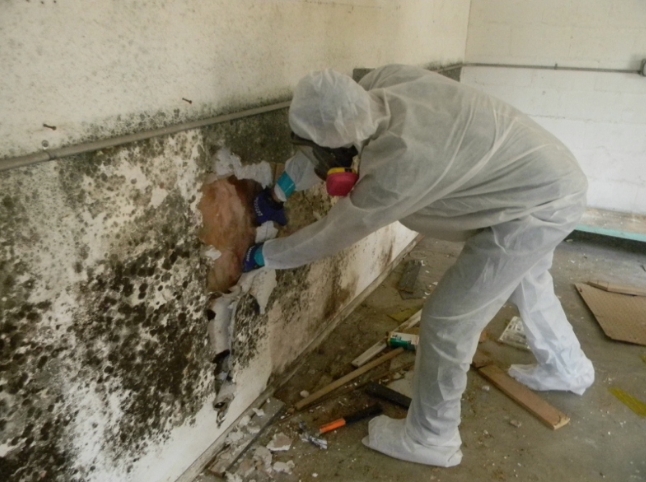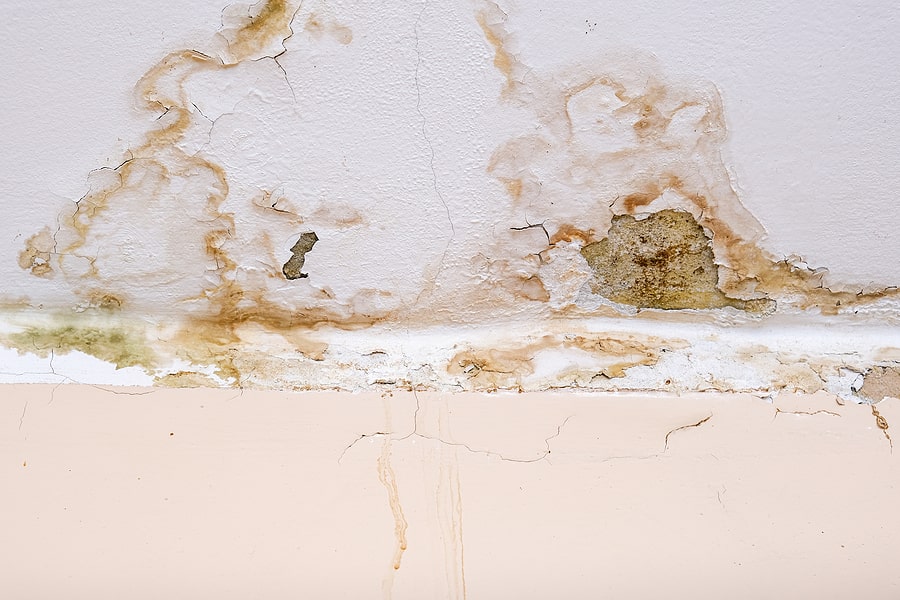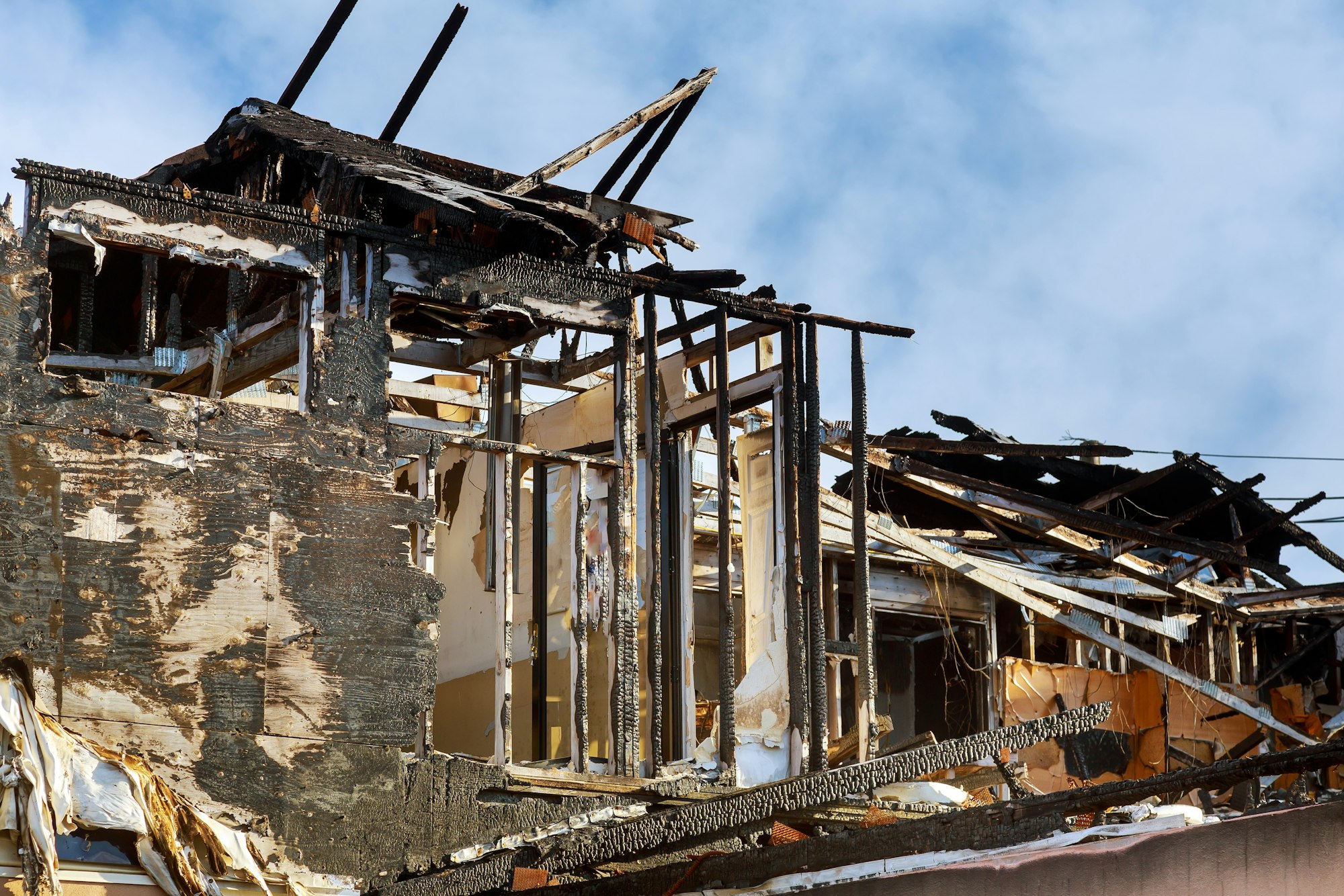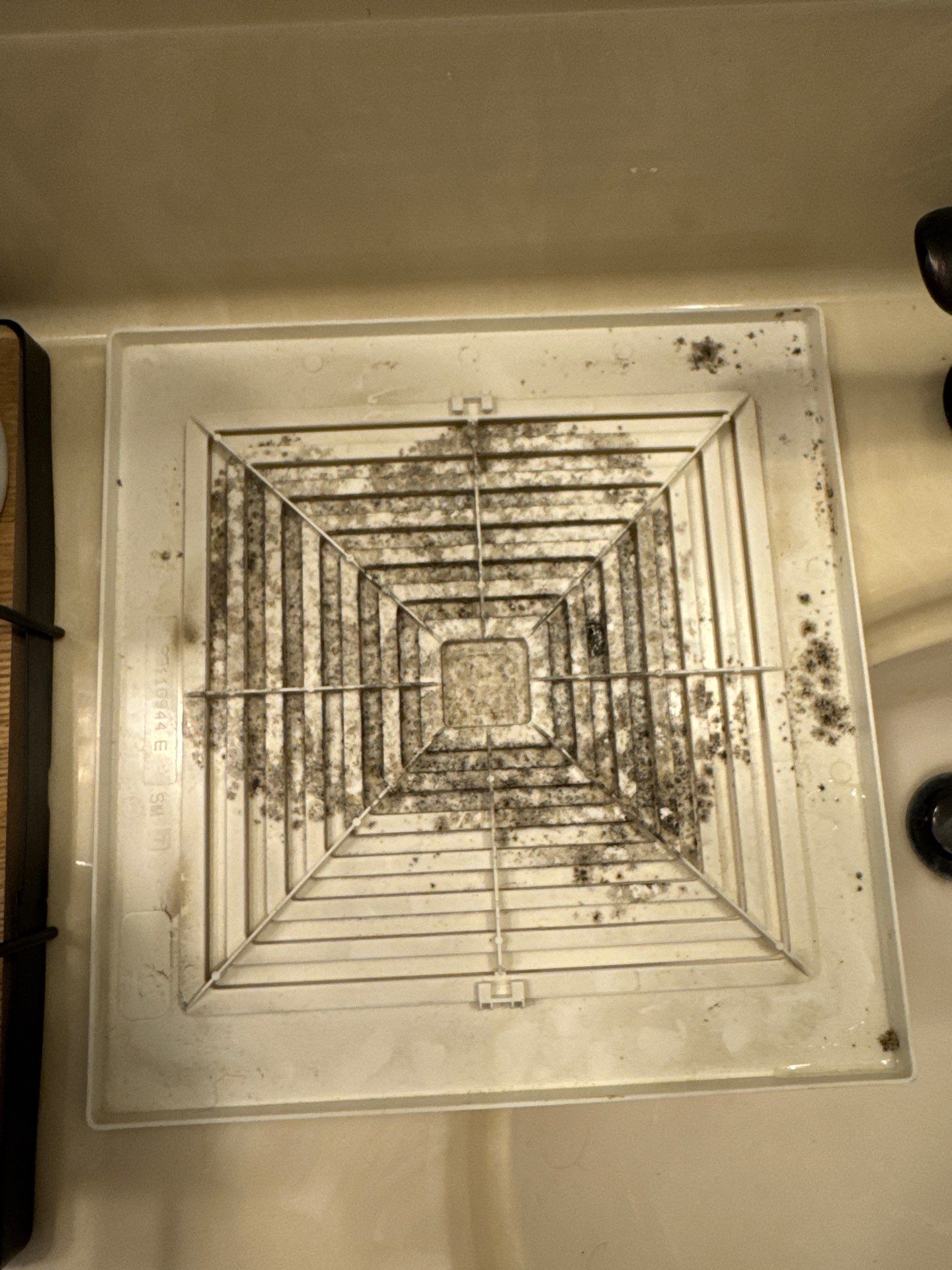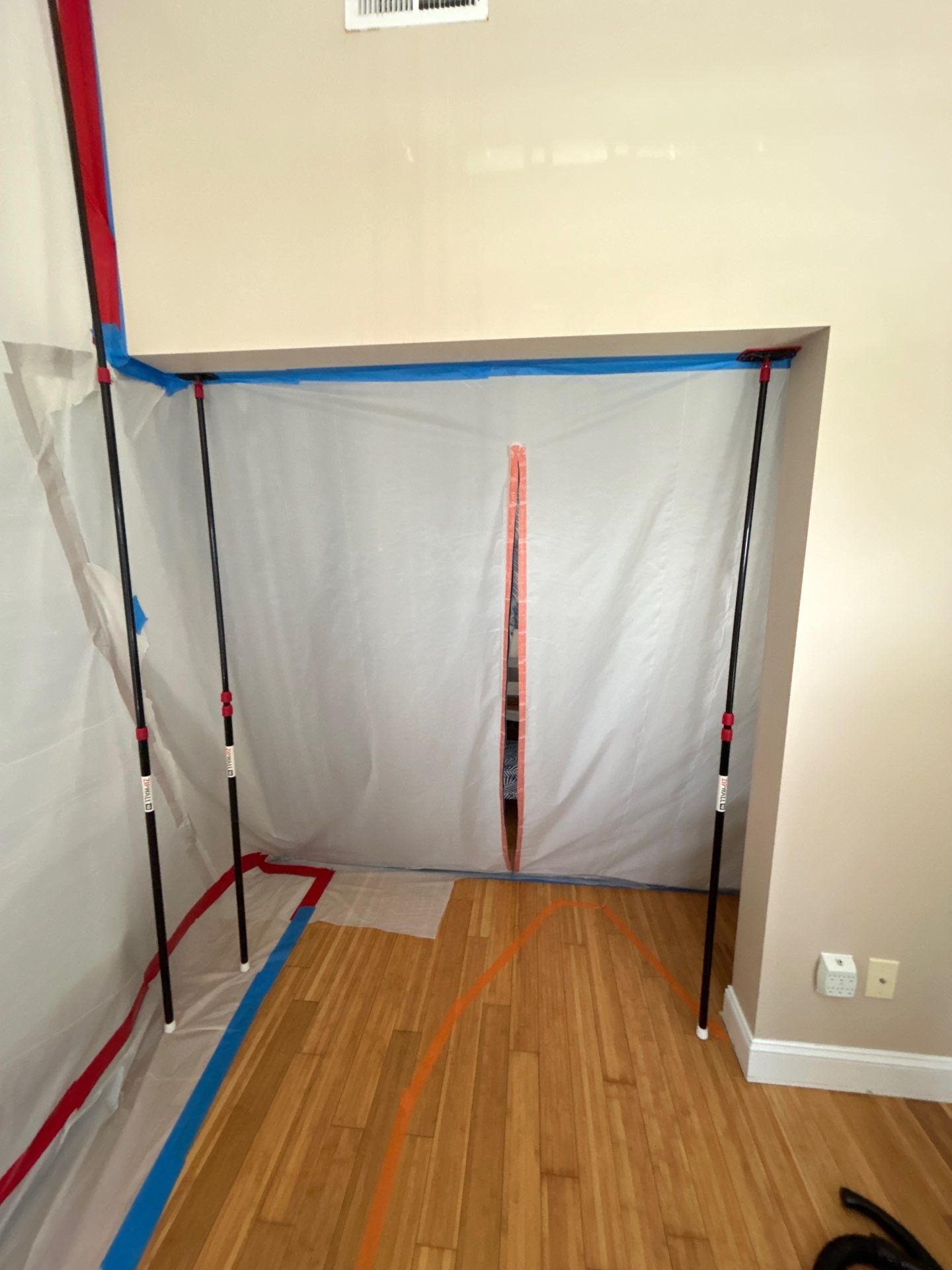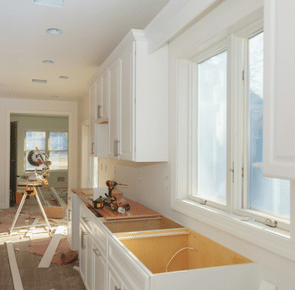North Carolina’s high humidity, frequent storms, and unpredictable weather make homes especially vulnerable to moisture buildup and mold growth. Whether you’re near the coast, in the mountains, or anywhere in between, managing indoor moisture is key to keeping your home safe and mold-free. At Home Disaster Medics, we’ve seen firsthand how unchecked moisture can lead to serious mold infestations—but with the right prevention steps, you can protect your home and health.
1. Check for Water Leaks Regularly
With North Carolina’s heavy rainfalls and humidity, even the smallest leaks can turn into major mold problems.
🔹 Inspect under sinks, around windows, ceilings, and plumbing fixtures for damp spots or discoloration.
🔹 Look for musty odors, peeling paint, or soft drywall, which can indicate hidden leaks.
🔹 Fix leaks immediately—water can seep into walls and flooring, creating the perfect environment for mold.
At Home Disaster Medics, we often find mold growth behind walls and under flooring caused by slow, unnoticed leaks. Regular checks can save you from costly remediation later!
2. Fix Condensation Issues
North Carolina’s hot, humid summers and cool winters can cause condensation to build up inside your home, leading to excess moisture.
🔹 Run bathroom and kitchen exhaust fans to remove humidity after showers and cooking.
🔹 Use ceiling fans and open windows on dry days to improve airflow.
🔹 If you notice condensation on windows, walls, or HVAC units, it’s a sign your home needs better ventilation.
Proper airflow is essential in preventing trapped moisture, which can quickly lead to mold growth in North Carolina’s humid climate.
3. Maintain Your AC Condensate Drain Line & Drip Pan
Your HVAC system plays a crucial role in controlling indoor humidity, but it needs regular maintenance to prevent mold.
🔹 Check and clean your AC drain line every 3-6 months to prevent blockages.
🔹 Empty and sanitize the drip pan to keep standing water from becoming a mold hotspot.
🔹 Ensure your HVAC system is running efficiently to remove excess moisture from the air.
At Home Disaster Medics, we’ve seen many cases where clogged AC drain lines have led to severe mold infestations in attics and crawlspaces. Routine maintenance can make all the difference!
4. Use a Whole-Home Dehumidifier If Humidity Stays Above 60%
North Carolina’s humidity can stay high year-round, making mold prevention a challenge. If your home’s humidity is consistently above 60%, it’s time to take action.
🔹 Use a hygrometer to monitor humidity levels inside your home.
🔹 Install a whole-home dehumidifier to keep moisture levels balanced.
🔹 Run dehumidifiers in basements, crawlspaces, and other damp areas where moisture tends to accumulate.
We recommend whole-home dehumidifiers for homes in coastal areas like Wilmington or the Outer Banks, where salt air and high humidity can make moisture control even more difficult.
Final Thoughts: Prevention is Key!
In North Carolina, moisture control is essential for protecting your home from mold. By taking proactive steps—checking for leaks, improving ventilation, maintaining your HVAC system, and managing humidity—you can keep your home safe, dry, and mold-free.
Already dealing with a moisture or mold problem? Don’t wait until it gets worse! Home Disaster Medics specializes in mold prevention, water damage restoration, and air quality solutions. We’re here to help North Carolina homeowners keep their homes healthy and mold-free!
